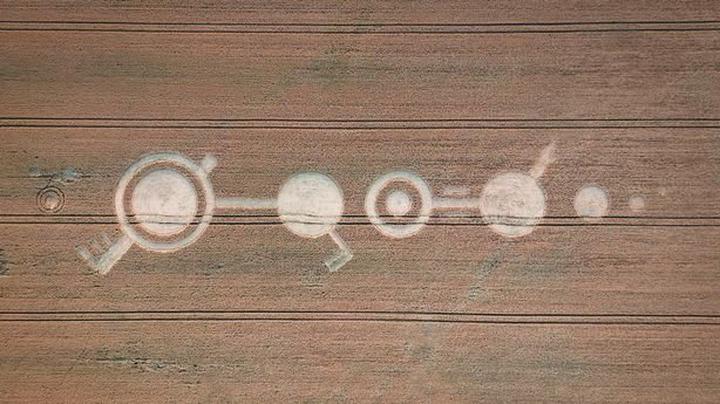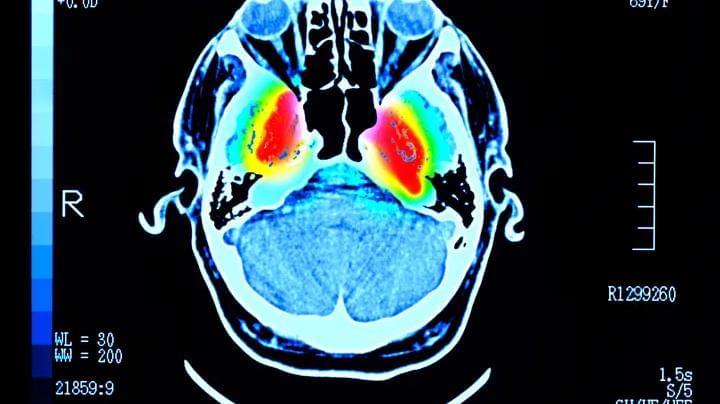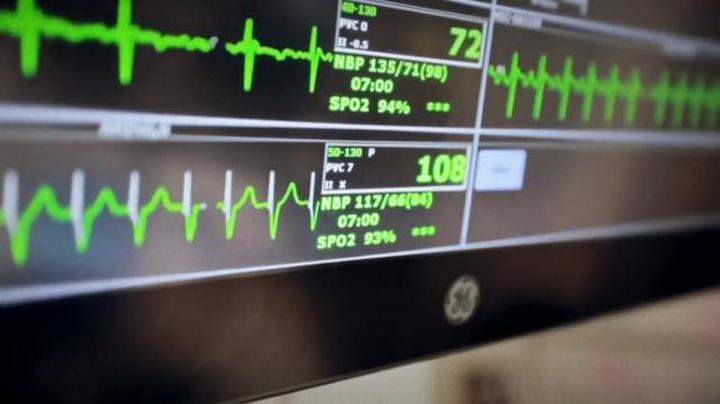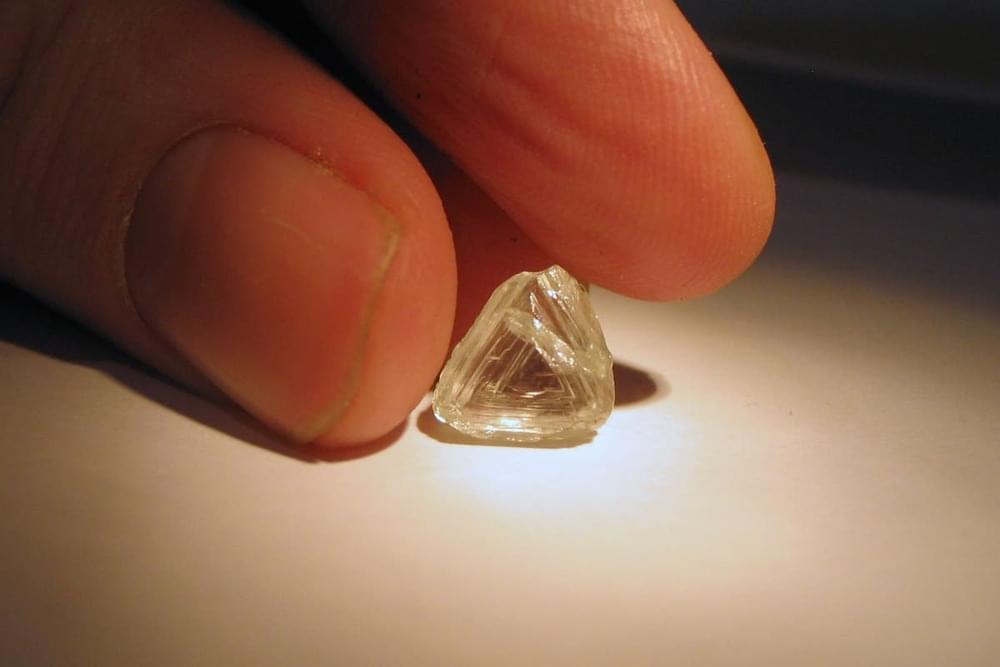Generative artificial intelligence technology such as ChatGPT could boost productivity for many workers in the years ahead. But some people are likely to lose their jobs in the process.
That’s according to Sam Altman, the CEO of OpenAI, the company behind ChatGPT. Altman said in June that AI’s development could provide the “most tremendous leap forward” for people’s quality of life. But he also said in March it’d be “crazy not to be a little afraid of AI” and its potential to create” disinformation problems or economic shocks.”








